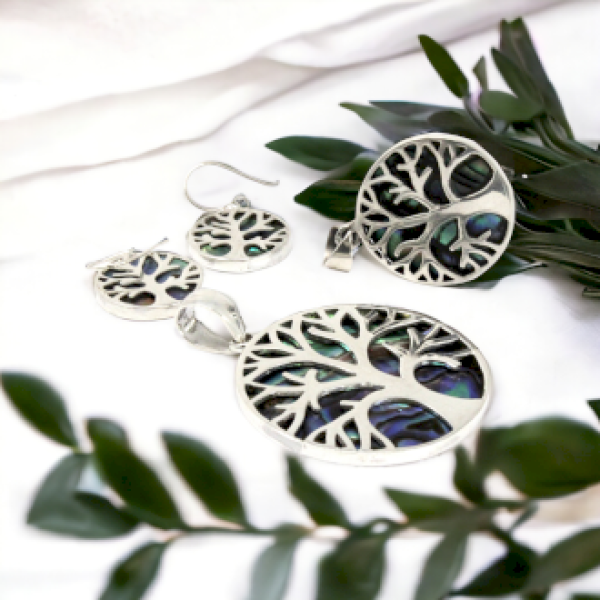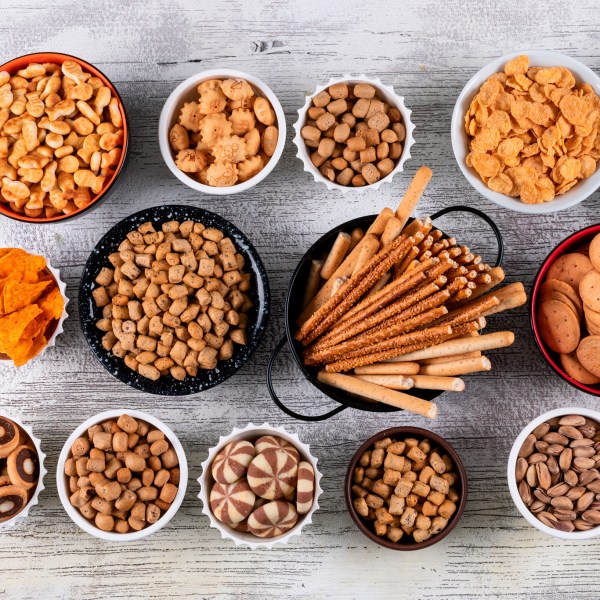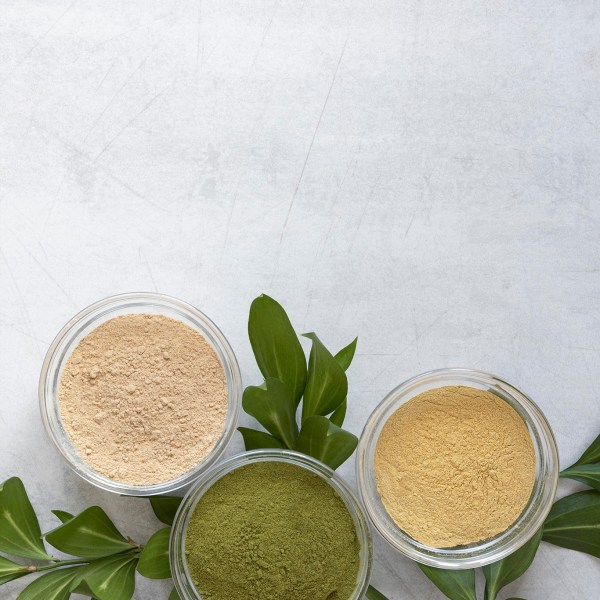Sprouts
The Art of Sprouting: Life in a Seed
Sprouting is one of the simplest and most natural ways to grow fresh, nutrient-rich food at home. During this process, we consume plants that have sprouted from seeds and are in the early stages of growth.
These sprouts are concentrated sources of nutrients, including vitamins, minerals, enzymes, and antioxidants.
Steps for Sprouting
Selection: Start by choosing high-quality seeds that are suitable for sprouting. It is important to select seeds that are free from chemicals and not treated.
Soaking: Soaking speeds up the sprouting process by saturating the seeds with water, which activates the life processes.
Sprouting: Place the soaked seeds in a sprouting tray or container, where they will begin to grow with adequate moisture and airflow.
Rinsing: Rinse the sprouts several times a day to keep them free from mold and other harmful microorganisms.
Harvesting: Sprouts are usually ready to eat within a few days. When they reach the desired size, they can be harvested.
Sprouting is one of the most accessible and fastest methods of home gardening, allowing you to produce fresh, nutritious, and vitamin-rich foods even during the winter months. Sprouts are not only delicious but also incredibly healthy due to their high vitamin content and the abundance of minerals, enzymes, and antioxidants.
Types of Sprouts and Their Benefits:
1. Grains:
Wheat Germ: Rich in chlorophyll, wheat germ helps with oxygen transport in the blood, cleanses the liver, balances blood pressure, and aids in blood sugar regulation. It has anti-inflammatory and strong antioxidant properties.
Buckwheat: High in protein, riboflavin (vitamin B2), and rutin (which strengthens blood vessel walls), buckwheat is particularly valuable. Adding it to meals can enhance their nutritional value.
Oats and Rye: These sprouts have high B and E vitamin content, which supports the health of the nervous system and skin.
2. Legumes:
Adzuki Beans: Sweet-tasting, naturally regulates insulin and lowers cholesterol, and also serves as a source of iron.
Lentils: High in fiber, aids digestion, lowers cholesterol, and contains significant amounts of minerals.
Soybeans: Contains all essential amino acids, and is high in vitamin E, copper, zinc, and lecithin.
Green Peas: Naturally regulates insulin, lowers cholesterol, contains cancer-fighting substances, and is a significant source of iron.
Mung Beans: Exceptionally high in protein, significant amounts of iron and vitamin C, and does not cause bloating when sprouted.
3. Sprouts from Nuts and Seeds:
Flaxseed: Its essential fatty acid content prevents cholesterol buildup and has anti-inflammatory effects.
Sunflower Seeds: A favorite among dieters, contains iodine, has diuretic properties, and is rich in phosphorus, calcium, protein, and vitamin E.
4. Vegetable Sprouts:
Broccoli: Contains sulphoraphane, which may prevent malignant cell growth and has potential anti-cancer effects.
Fennel: Has anti-fermentation and anti-bloating properties.
Garlic and Onion: Antibiotic and detoxifying properties, anti-inflammatory, and immune-boosting.
Leek: Acts as a natural antibiotic, and has blood and liver cleansing effects.
Radish: Natural antibiotic, detoxifies, boosts immunity, and helps clean the respiratory system.
Red Cabbage: Has anti-inflammatory properties and contains U vitamin, which supports mucous membrane health.
5. Sprouts from Grasses and Clovers:
Basil: Has anti-inflammatory, immune-boosting properties, and is effective for digestive disorders.
Fenugreek Seeds: Aids digestion, supports blood formation, and has anti-inflammatory effects.
Clover: Improves general well-being, suitable for relieving menopausal hot flashes.
Alfalfa: Alkalizes the blood, its fiber helps remove cholesterol deposits, and its vitamin B12 content is effective against anemia.
Sprouts are not only healthy but also delicious and can be used in many ways in meals. Additionally, sprouting provides the opportunity to access fresh, nutrient-rich foods year-round. However, it is important to pay attention to proper handling and hygiene to avoid potential health risks.









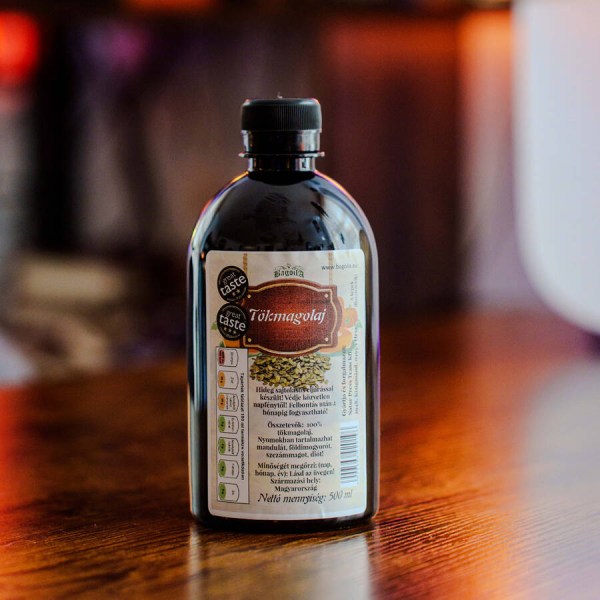
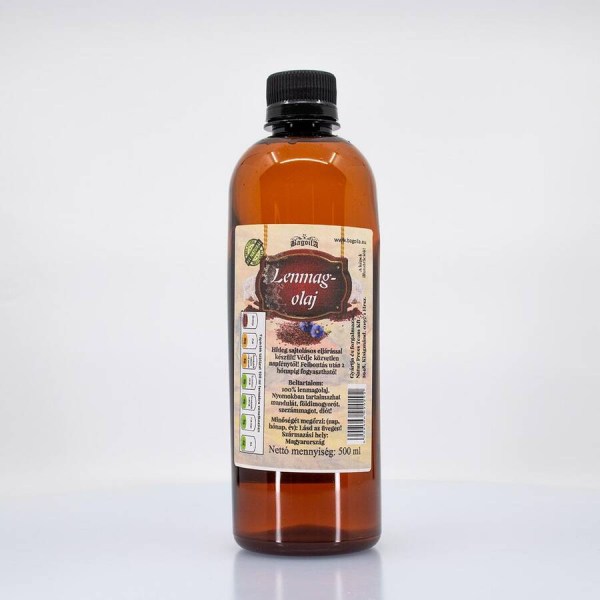
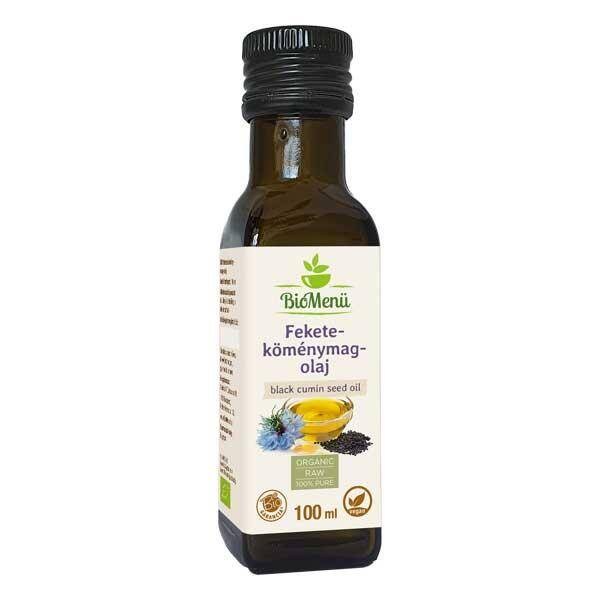



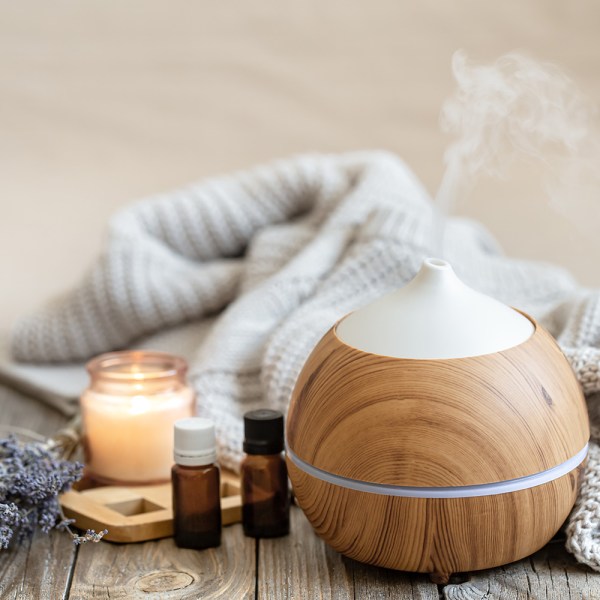

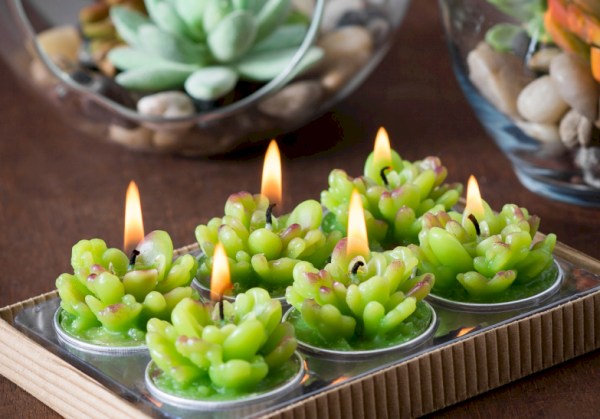
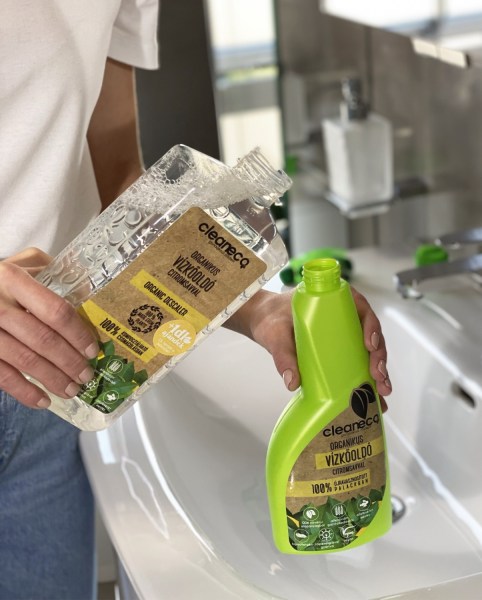
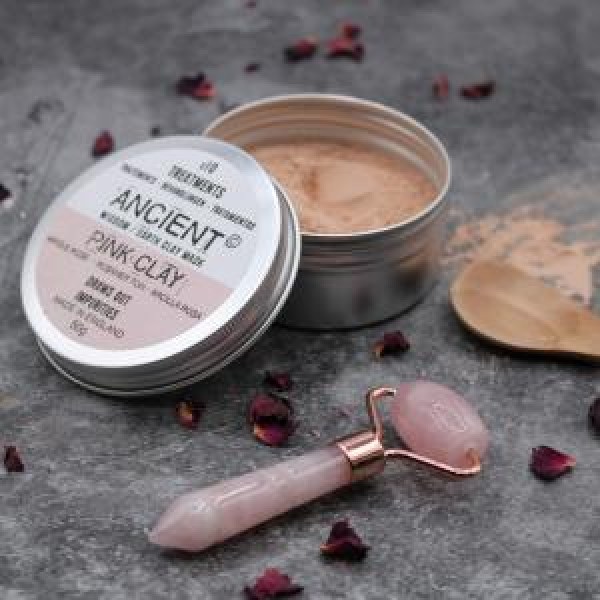
_600x600.jpg)








